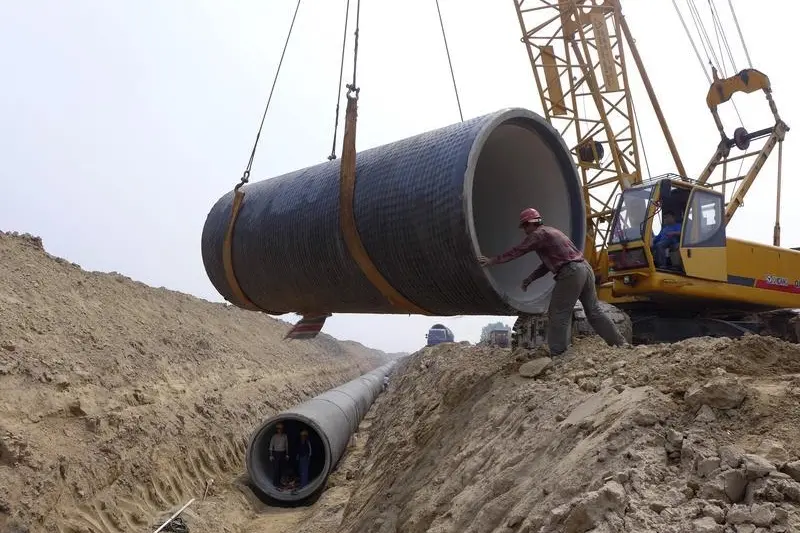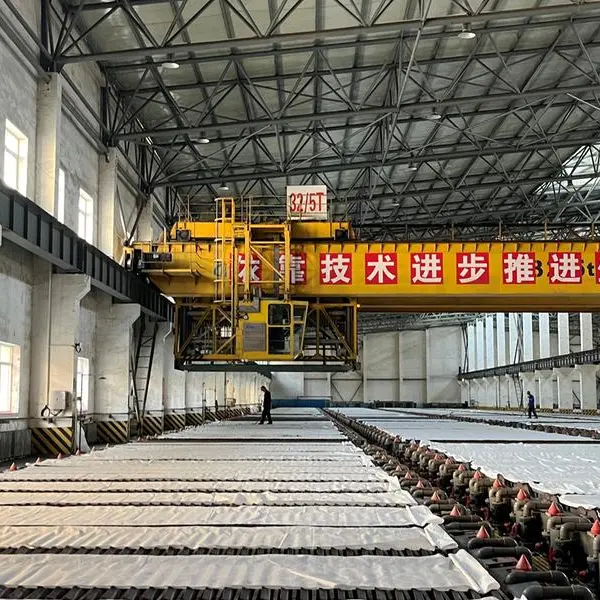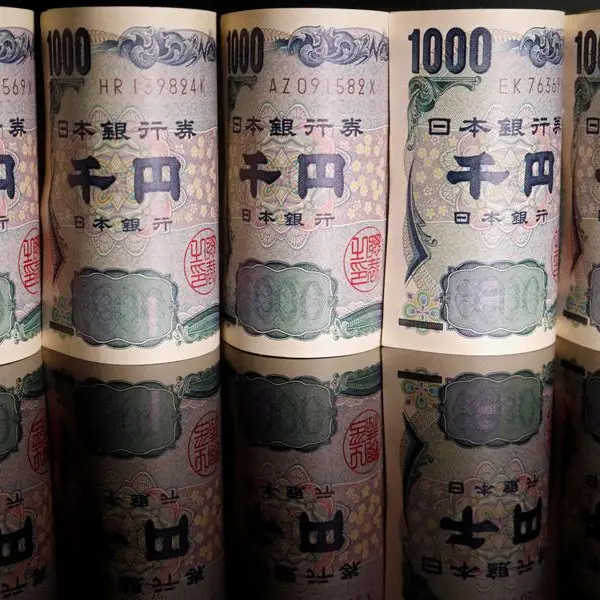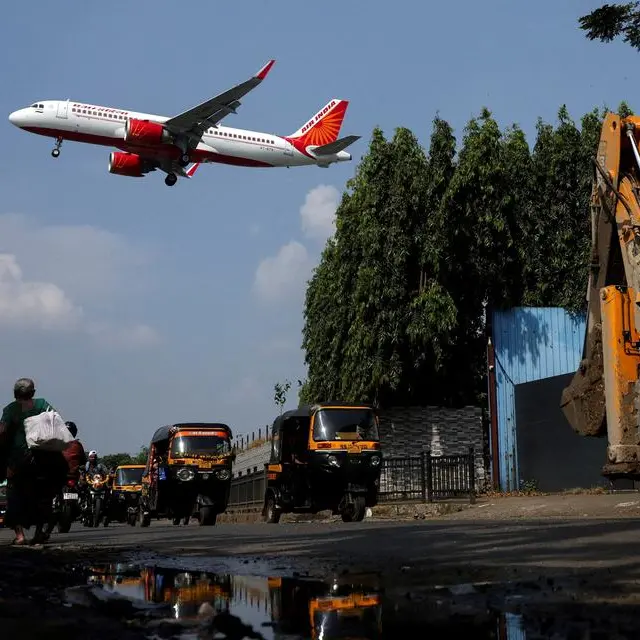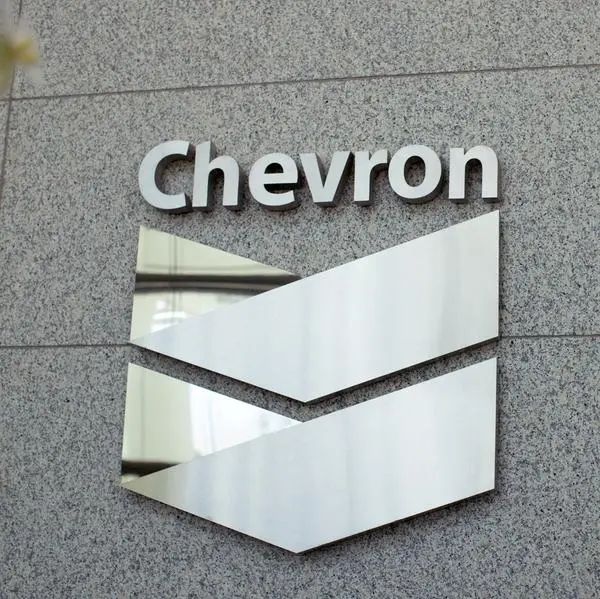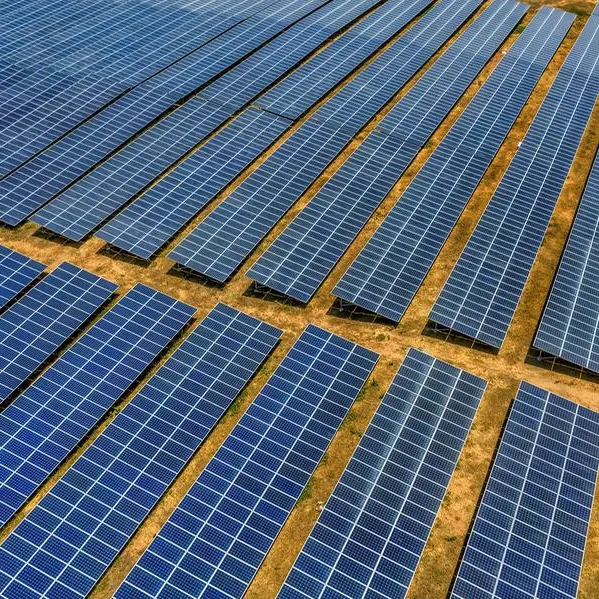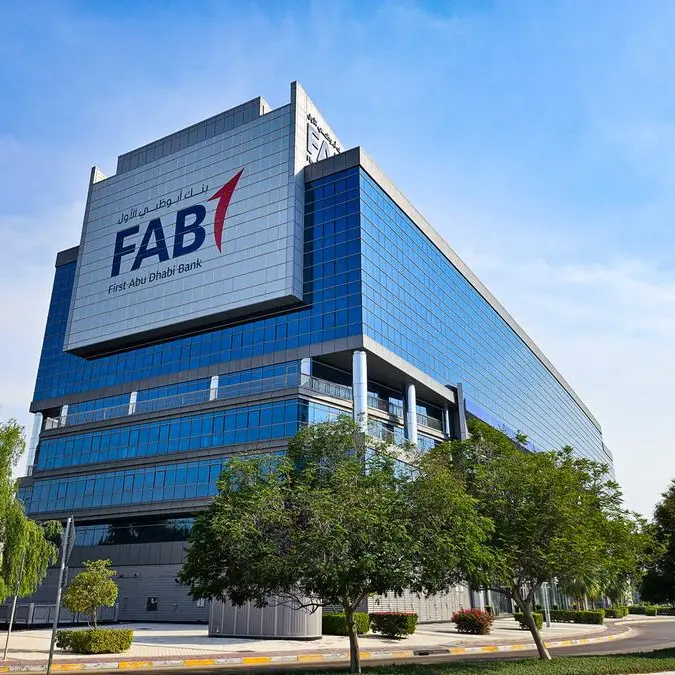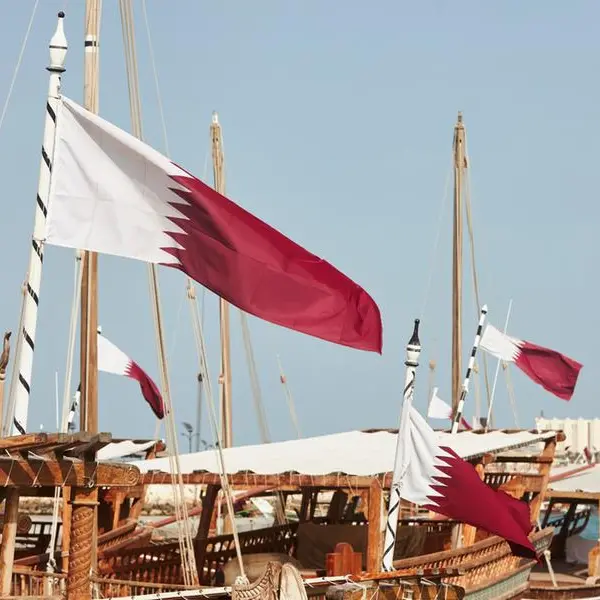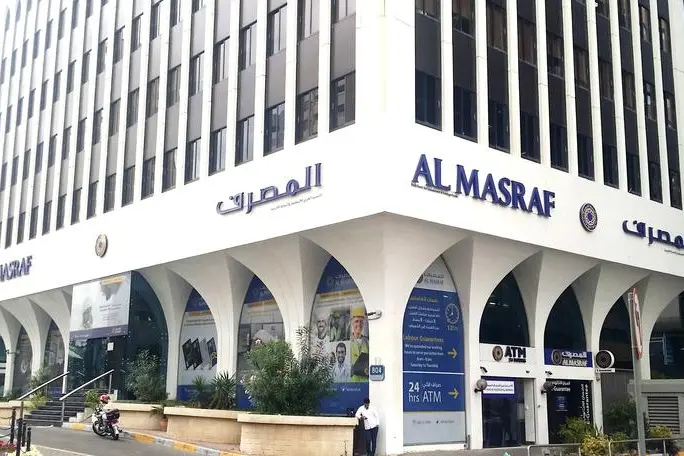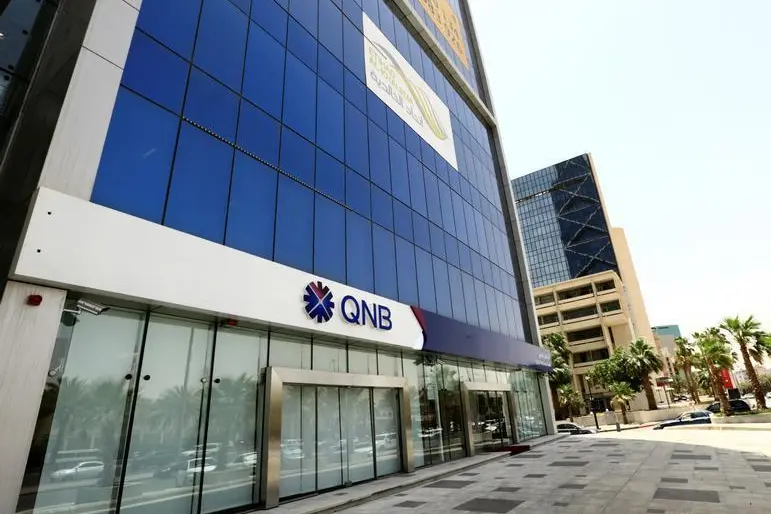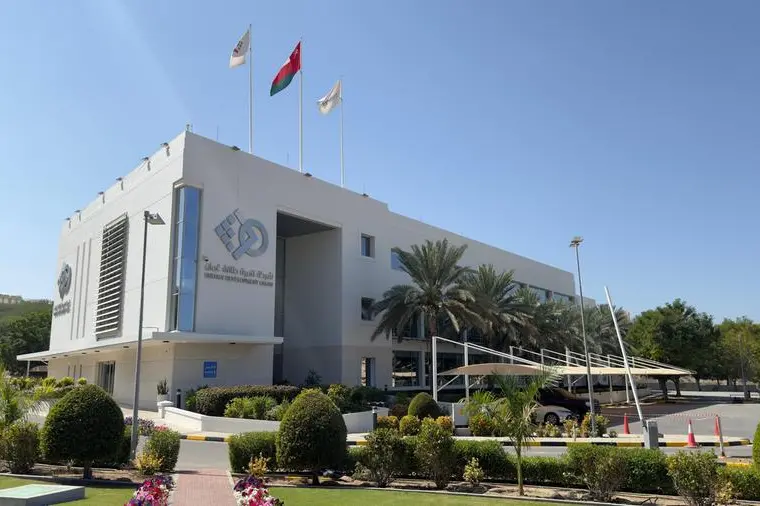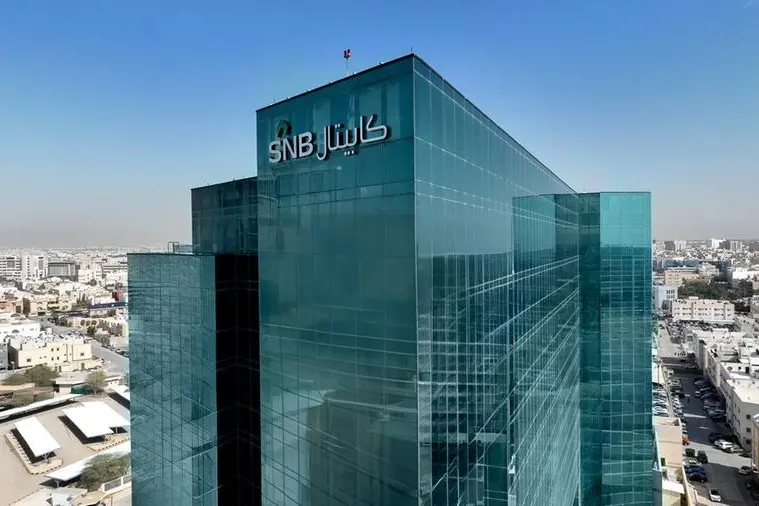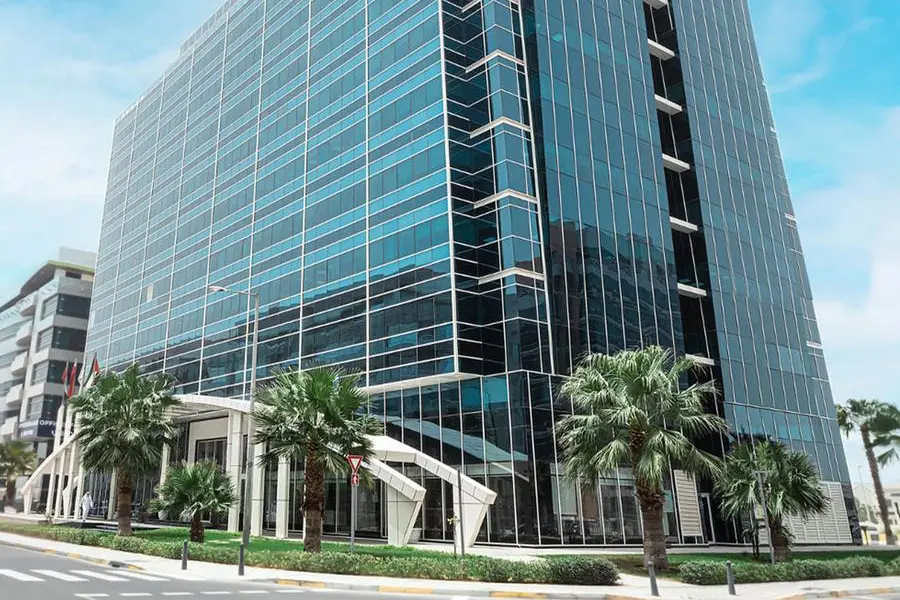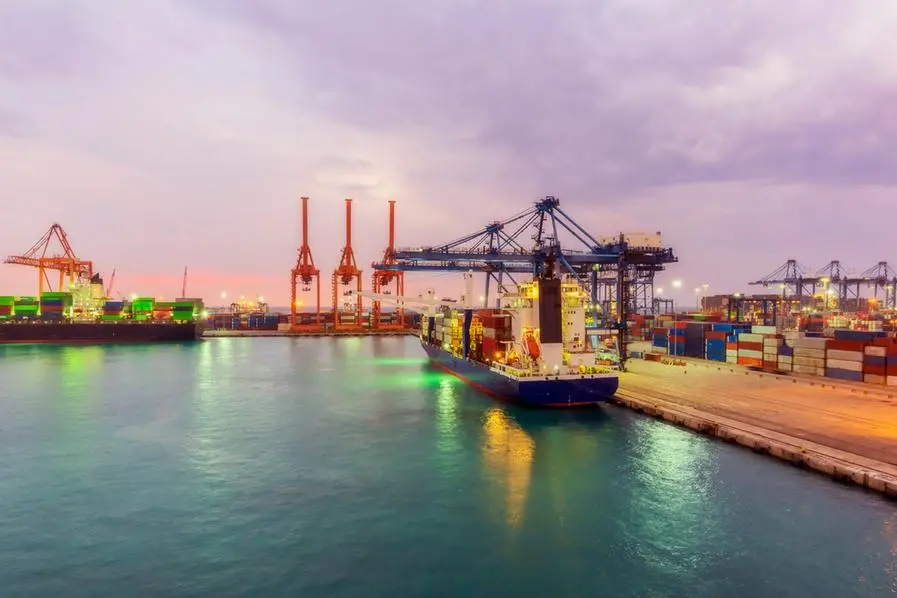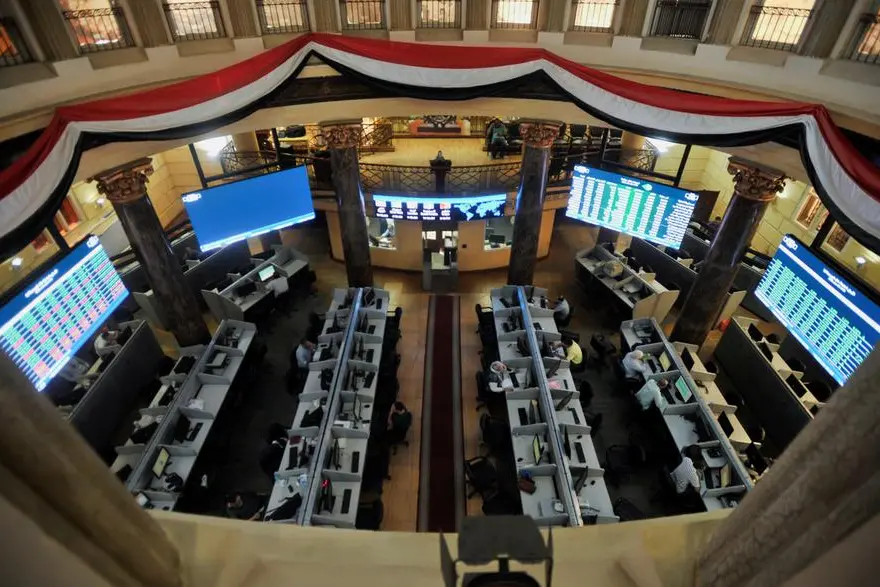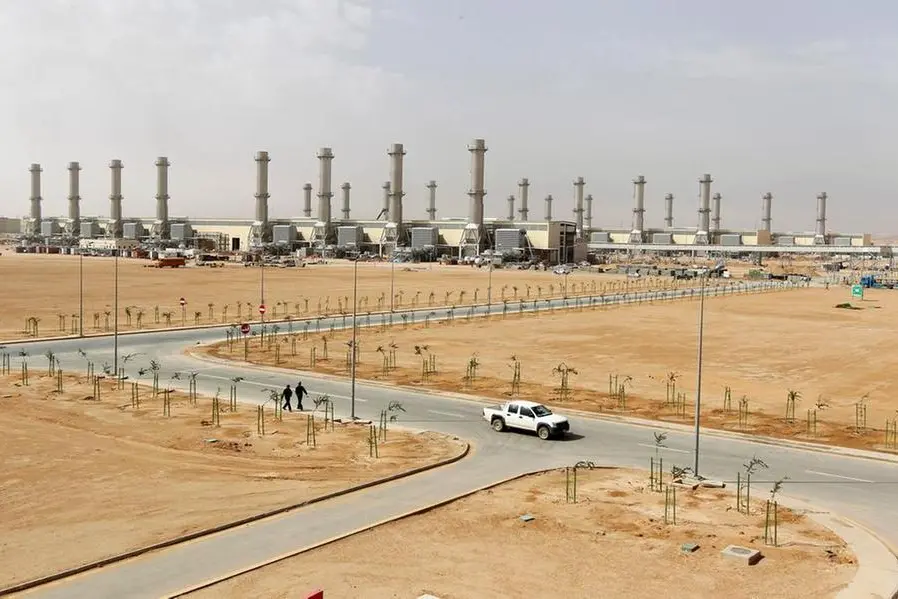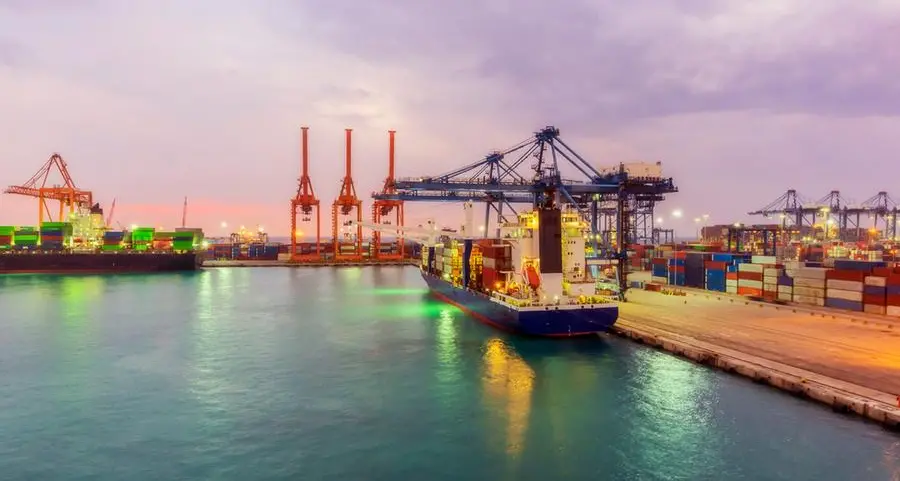PHOTO
Sewage networks in Manama and Muharraq that are four decades old could be replaced – subject to the availability of funds.
Works, Municipalities Affairs and Urban Planning Ministry works affairs under-secretary Ahmed Al Khayat told Muharraq Municipal Council members that negotiations were underway with the government.
However, he expected the funding to be approved towards the end of next year due to other planned infrastructure projects.
“Our funding is limited with the focus being on areas that don’t have sewage networks,” he said.
“Replacing the 40-year-old sewage networks in old Manama and Muharraq will be extremely expensive; with that money 10 new sewage networks could be set up across the country.
“Eventually, we will have to address the problem; it is something that we are working to secure funding for from the government.
“We have to ensure that replacing the pipelines made from long phased-out materials don’t pose a threat of structural damage to old neighbourhoods.”
Parliament public utilities and environment affairs committee chairman Mohammed Buhamood said the ministry needed to react fast before the pipelines made from asbestos exploded.
“It shouldn’t be delayed, and should have been thought of around a decade ago, when Muharraq become a World Heritage Site.
“It is not just an environmental hazard we are worried about, but also a possible explosion that may lead homes to collapse and people to die.”
Muharraq Municipal Council chairman Ghazi Al Murbati admitted that the pipelines were of concern and needed to be removed.
“The pipelines from asbestos are breaking apart and needed to be dealt with immediately.
“The government will be forced to spend more when the old network becomes extremely dangerous.”
Asbestos is a group of six naturally occurring silicate minerals made up of thin, microscopic fibers. It offers heat and chemical resistance, fireproofing and strength.
However, people exposed to asbestos face health risks including cancer and other illnesses.
Capital Trustees Board chairman Saleh Tarradah said sewage network projects in new areas have been taken as a priority because implementation is faster, easier and cheaper.
“Replacing existing networks is complex as a lot of factors needed to be considered and that’s building structural sanity, possible foundation damages and things done in the tiniest of spaces.
“Sewage in new areas is faster, easier and cheaper and comes with multiple convenient options.
“Eventually, the government will need to replace old sewage networks; they want to but financing is not available.”
The GDN in 2019 exclusively obtained a high-level letter in which concerns were raised over the derelict state of old Muharraq and the need to protect it.
It was sent by Bahrain Authority for Culture and Antiquities (Baca) president Shaikha Mai bint Mohammed Al Khalifa to Works, Municipalities Affairs and Urban Planning Minister Essam Khalaf.
Residents of block 213 in the old Muharraq neighbourhood, covered completely under the Pearl Route (World Heritage Site), claim they live in fear of their homes collapsing at any moment, following infrastructural damage caused by heavy showers.
The GDN reported at the time that residents of the neighbourhood launched legal action against the ministry over infrastructural damage.
It came as one home collapsed during heavy rains, while five residential buildings were evacuated and 40 others were in danger of collapsing.
Shaikha Mai said an engineering team from Baca also noticed repeated faults in the construction foundation which was believed connected to the general infrastructure of the area and not just sewage or water leakage.
She added that could be caused by underground water supplies, drainage of rainwater from roads or leaking water from air conditioners in nearby homes.
In the letter, Shaikha Mai also questioned the construction method of the existing infrastructure network in Muharraq, adding that the problems will also affect newly built homes.
However, in a response published by the GDN a day later, the ministry said its technical team inspected the sewerage system and did not find any damage, blockage, or leak that may have been the cause of damage to nearby properties.
It said it also formed a team comprising engineers and specialists from various government bodies to inspect the damaged sites.
The Pearl Route is the second Bahraini site to be inscribed by Unesco, following Bahrain Fort in 2005.
In 2019, they were joined by the Dilmun Burial Mounds.
The Old Town Manama is vying for World Heritage Site status as it was put on a tentative list to be considered for Unesco nomination alongside two other sites – Hawar Islands and the Awali Oil Settlement.
© Copyright 2020 www.gdnonline.com
Copyright 2021 Al Hilal Publishing and Marketing Group Provided by SyndiGate Media Inc. (Syndigate.info).
